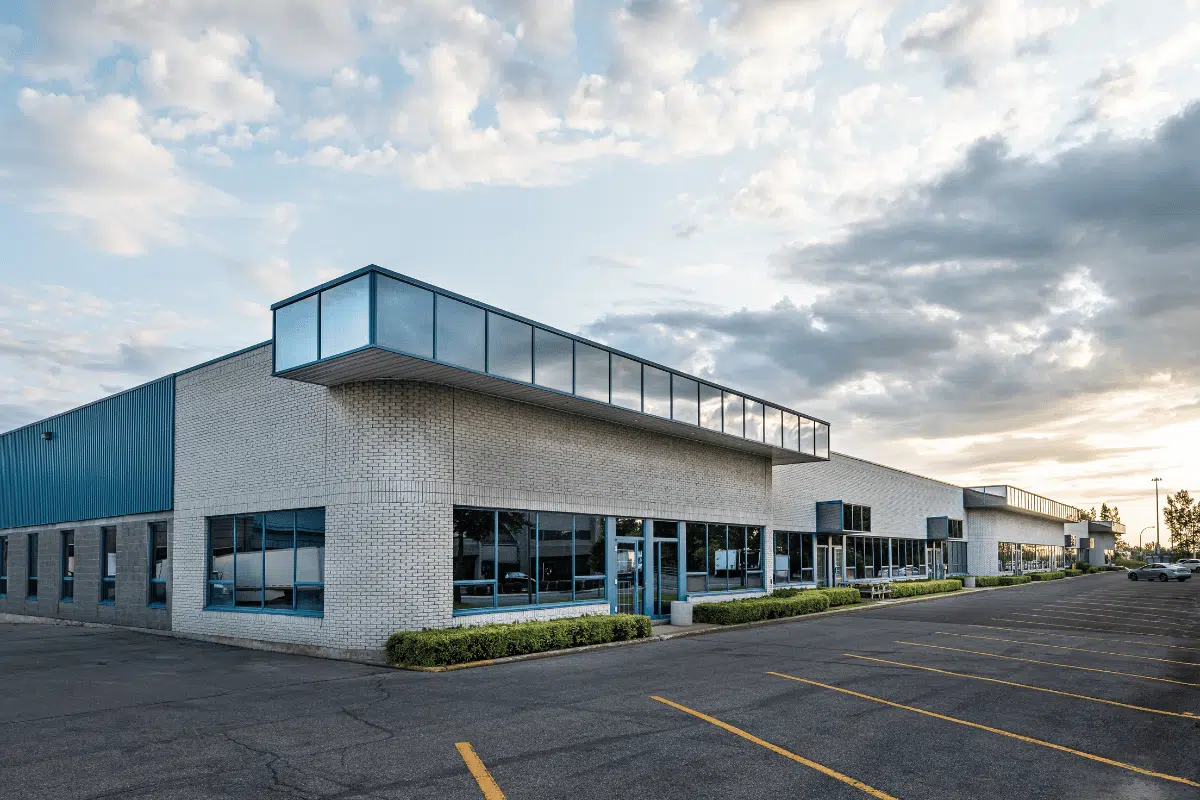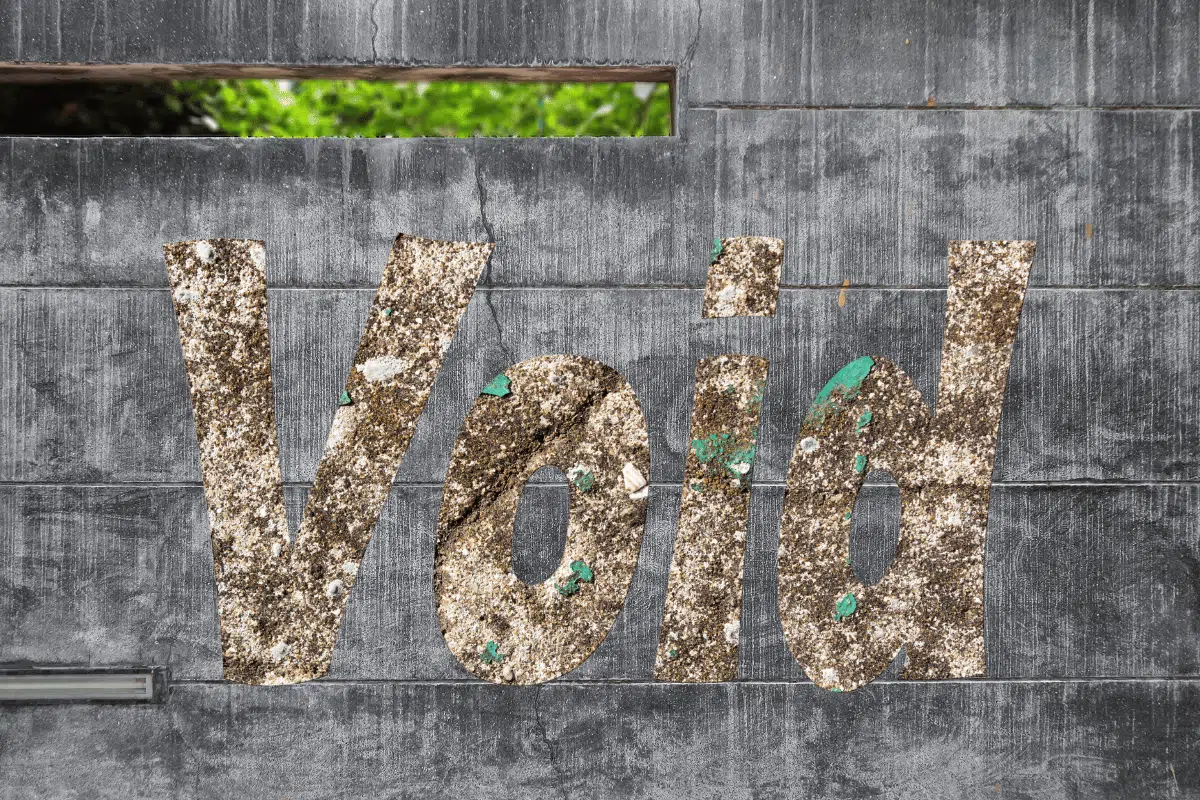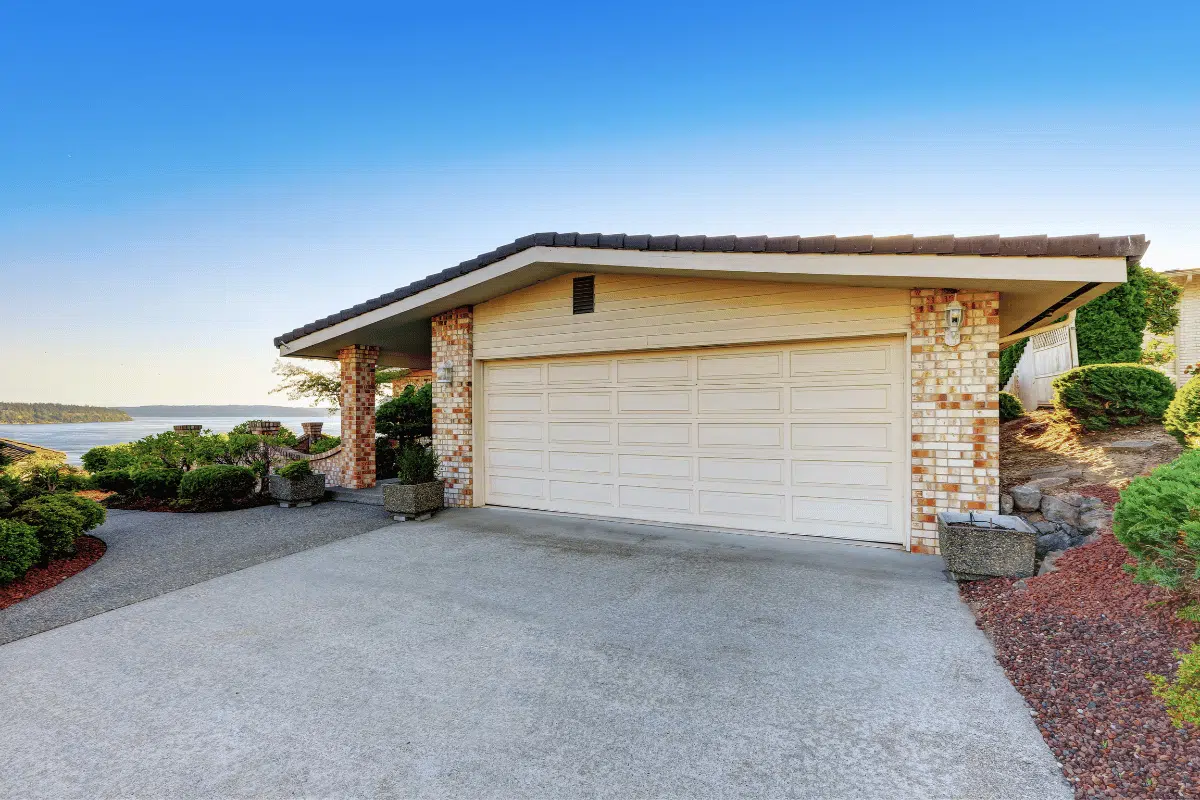At FoamWorks, we understand that the grounds of your business are as important as the services you provide. Uneven concrete not only poses safety risks but also detracts from the aesthetic appeal of your property. That’s why we specialize in commercial concrete leveling—a smart, swift solution to lift your business literally and figuratively.
Why Concrete Leveling?
Concrete leveling, often referred to as slab jacking, is a process where a high-density foam is injected under the sinking concrete slabs to raise them back to their original level. This method is not only effective but also environmentally friendly and cost-efficient compared to traditional concrete replacement.
Quick and Minimal Disruption
One of the biggest benefits of choosing FoamWorks for your concrete leveling needs is the speed at which we can complete our work. Most projects can be done in just a few hours, and because the process is minimally invasive, your business operations can continue almost uninterrupted. There’s no need for noisy, messy demolition, and the area is ready to handle foot traffic almost immediately after the procedure.
Cost-Effective Solution
Cost is always a consideration in any business decision, and concrete leveling offers a significant cost advantage over complete replacement. By using FoamWorks’ services, you save on the labor and materials required for tearing out and replacing old concrete. Plus, our process extends the life of your existing concrete, delaying future expenditures on ground repairs.
Safety and Aesthetics
Beyond functionality, uneven concrete can be an eyesore and a liability. By choosing to level rather than replace, you’re not only removing tripping hazards but also enhancing the overall look of your property. A flat, even surface makes a strong first impression on customers, ensuring they see your business as professional and well-maintained.
Environmentally Friendly Approach
At FoamWorks, we are committed to sustainability. Concrete leveling reduces waste and the carbon footprint associated with producing new concrete. By using our foam injection method, we keep your existing concrete in use and out of the landfill.
Our Process
The process starts with a detailed assessment of your site by our expert technicians. We then use precision drilling to inject the foam in strategic locations under the slab. The foam expands, filling voids and gently raising the concrete back to its intended level. This not only solves the immediate unevenness but also stabilizes the soil beneath to prevent future issues.
Tailored to Your Needs
Every business is unique, and so are its needs. Whether you’re a retail store with a busy parking lot or an office building with walkways and common areas, we tailor our concrete leveling services to meet your specific requirements. Our team is equipped to handle projects of any scale, ensuring that your property is safe, functional, and inviting.
Ready to Level Up?
Transform your business grounds with FoamWorks’ commercial concrete leveling services. Contact us today to schedule an assessment and see how we can make your property safer, more attractive, and better suited for your business needs. With FoamWorks, you’re not just repairing the ground—you’re setting a solid foundation for your business’s future.
FoamWorks is here to help you level up your commercial space with expertise, efficiency, and eco-consciousness. Let’s get your grounds back on level today!




Recent Comments